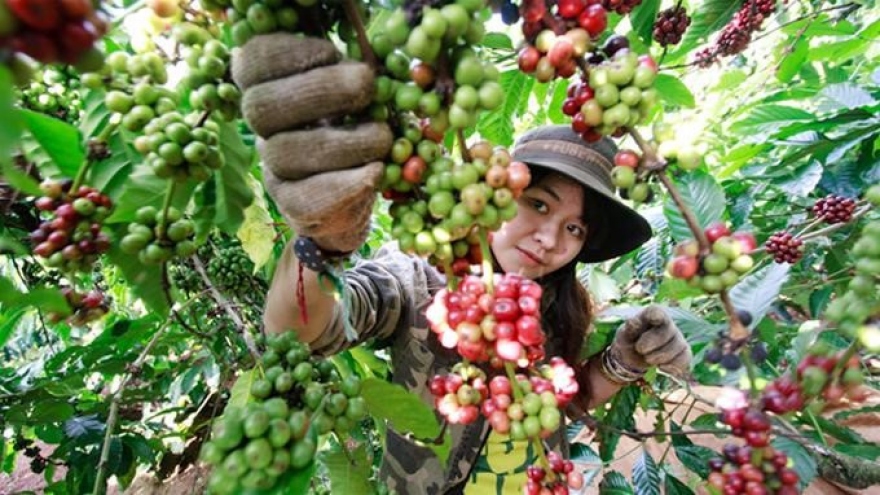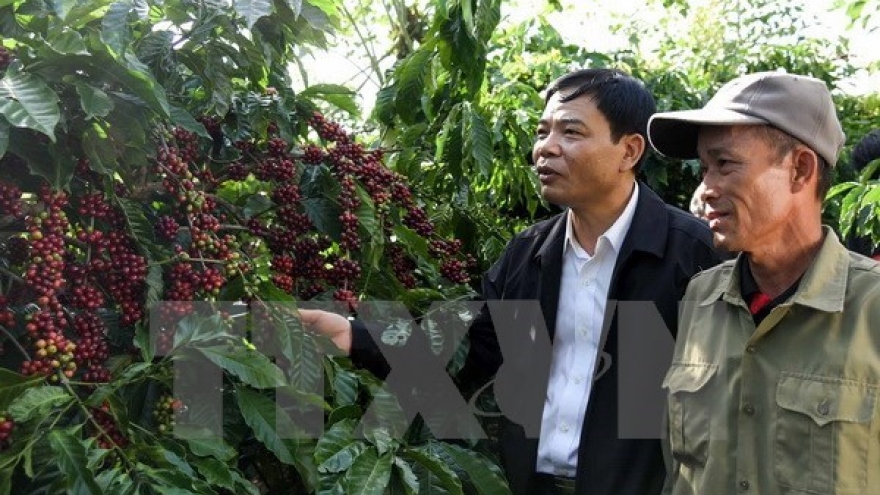National project seeks to improve coffee quality, develop premium brand
The Ministry of Agriculture and Rural Development (MARD) has approved a five-year coffee industry development project, worth VND170 billion or US$7.48 million, to improve coffee quality, develop a premium Vietnamese brand and expand export markets.
 |
While Vietnam has been the world’s second largest coffee exporter for two decades, 90% of coffee exports were still in the raw form; and when it is sold at the international markets, it mostly comes under foreign names.
In 2016, the country’s exports of coffee hit a record high of 1.78 million tonnes, generating turnover of US$3.34 billion, year-on-year increases of 32.8% in volume and 24.7% in value from 2015.
Vietnamese coffee only accounted for one percent of the world’s total output in 1991; 25 years later, its market share reached approximately 20%.
However, the value of the Vietnamese coffee has not grown sustainably but suffering ups and downs due to impacts of climate change, land degradation and old-fashioned farming techniques. Last year, the industry went through the most severe drought in the last 30 years.
According to President of the Vietnam Cocoa and Coffee Association (Vicofa) Luong Van Tu, coffee has brought a better life to millions of farmers in Vietnam ten years ago but the crop’s yields and quality have declined sharply in recent years as most of coffee trees have become old and stunted. It resulted in drops in value that underpays the farmers’ hard work.
The old farming practices that include harvesting green and ripe coffee beans at the same time, along with outdated processing and post-harvest quarantine techniques are also reasons behind the decrease in quality, he added.
To change the current situation, the MARD will launch the new scheme, namely “High-quality Vietnamese coffee”, next year with the aim to create linkages for production and distribution and develop large areas of materials for high-quality coffee production with a system of updated drying and storage facilities and suitable processing plants.
The project, running from 2018 through to 2023, with a vision to 2030, will help increase added value of Vietnamese coffee products, particularly those from the Central Highlands, North Central Region and some mountainous northern provinces.
A goal of the programme is to add 5% to the country’s total coffee value by 2020 and 7% by 2030, compared to that of the 2013-2014 crop.
The coffee industry sets to remain as the second biggest coffee exporter and double the export turnover to US$6 billion by 2030, Tu unveiled.


